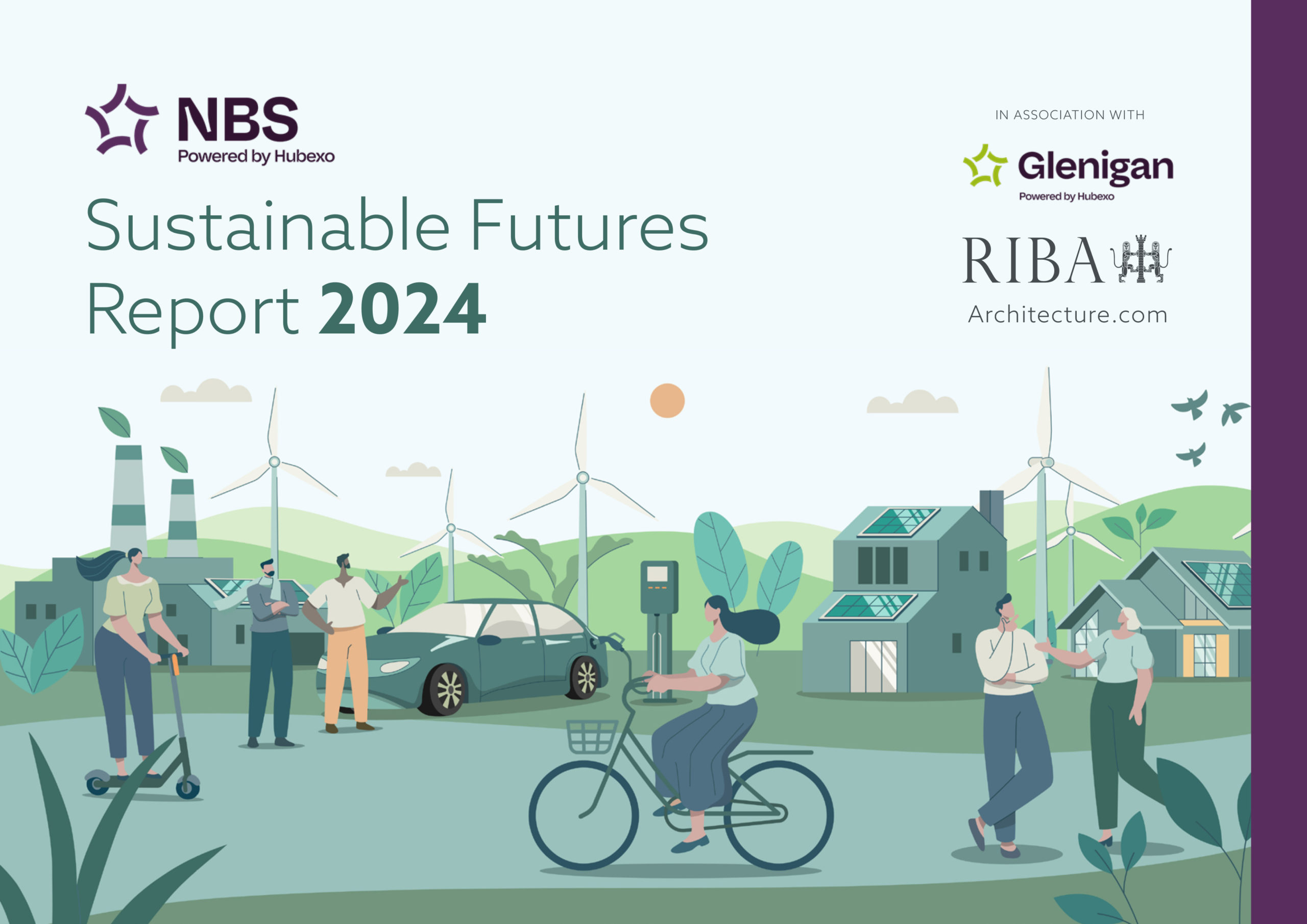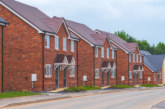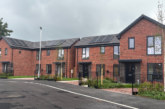
NBS (powered by Hubexo) has published its latest Sustainability Report, exposing ongoing gaps in early stage design decisions and environmental data intended to inform sustainable outcomes.
While awareness of sustainable construction practices continues to grow, the report underscores a pressing need for more consistent, transparent, and high-quality sustainability data from manufacturers.
The report, based on responses from hundreds of industry professionals, revealed that fewer than 50% of all projects currently achieve stringent sustainability benchmarks. The main obstacles include: inconsistent supply chain data, a lack of transparency around embodied carbon, and limited access to reliable certification schemes.
Although early-stage design presents the greatest opportunity for positive environmental impact, 92% of specifiers also report that a lack of detailed, reliable sustainability performance data from manufacturers can hinder the process.
Furthermore, the survey indicates that specifiers are inclined to choose sustainable alternatives, with nearly half (46%) and 52% of architects only specifying or selecting manufacturers with above-average sustainability credentials. This preference is especially strong when supported by Environmental Product Declarations (EPDs), essential third-party certifications that evaluate a product’s full lifecycle impact rather than isolated metrics.
Unfortunately, some manufacturers are still only prioritising basic origin information, despite the accessibility of these mainstream protocols, and it’s hindering specifiers when building accurate specifications. This disconnect highlights an urgent need for alignment as the sector, which still accounts for 39% of global CO₂ emissions, accelerates its efforts to meet net zero targets.
Lee Jones, Head of Sustainability at NBS (Powered by Hubexo), noted: “The results of the sustainable futures report reflect something we’re seeing more and more in practice; a real appetite among specifiers for meaningful, actionable sustainability data.
“But the stats are clear, if environmental data is vague or incomplete that doesn’t support decision-making at pace. If we want sustainable choices to become the default, we have to make those choices easier to identify and compare. That means standardising how data is shared, improving transparency, and focusing on the metrics that will matter most in the coming years.”
With policy frameworks like The Future Homes Standard and The London Plan raising the bar, and environmental expectations rising, the construction industry’s next challenge is clear: match ambition with transparency, and turn sustainability promises into real-world impact.
NBS’s integrated platforms, NBS Chorus and NBS Source, are designed to support this shift. By embedding sustainability data directly into the specification workflow, alongside certifications including EPDs, carbon metrics and compliance information, NBS makes it easier for specifiers to choose low-impact products without compromising on performance or practicality.
To download the NBS Sustainable Futures Report, click here.









